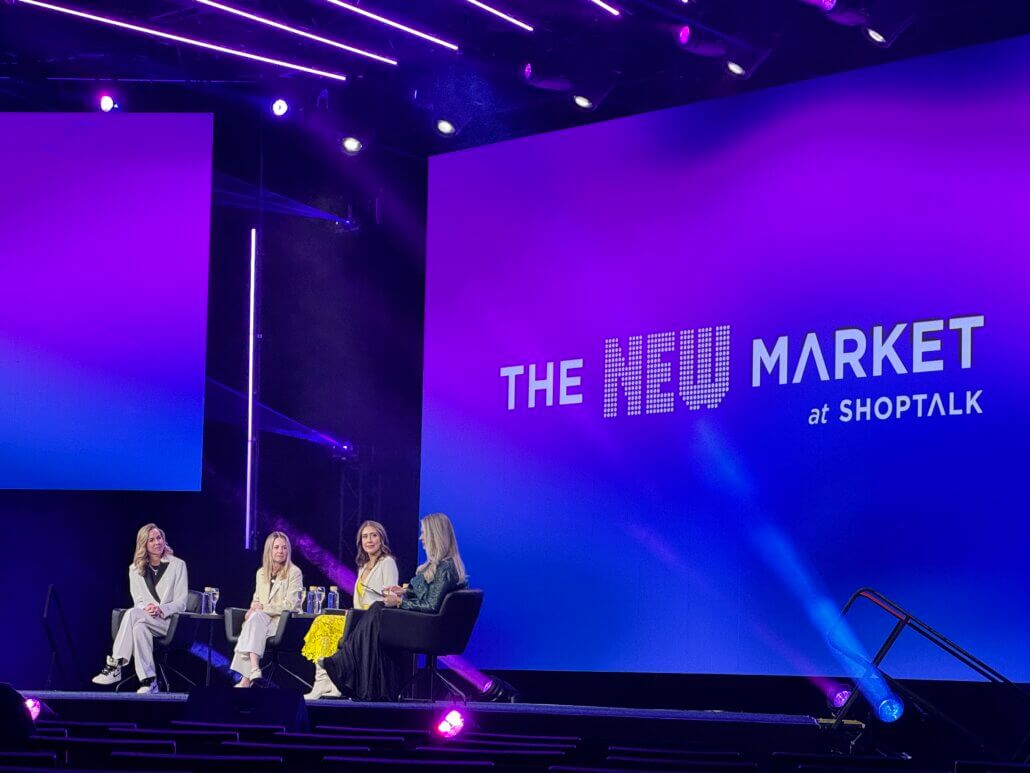July 31, 2014
There is no denying the sales power of scarcity. Supply and demand are the very foundations of commerce. When you reduce the supply, you drive up demand. Does artificial or manufactured scarcity work as a sales tactic? More importantly: is this practice in the best interest of consumers?
Nintendo Wii
I play video games. If I am being honest, though, I should say I play a ton of video games. Naturally, I was so elated when Sony unveiled their new video game console last year, the Playstation 4, I bought it the day it was released. I was just as excited when the Nintendo Wii came out a few years ago. However, the Wii and the Playstation 4 had one significant difference: the Wii was not available in any of my local retail stores. In fact, the Wii was so hard to find once it was back in stock, it immediately sold out. How was Nintendo making millions on the Wii when it was never in stock?
Most people attribute the success of the Wii to its popularity among non-traditional video game players. Historically, video games were only popular among a small segment of the population and the Wii broke through this barrier, becoming wildly popular among non-traditional video gamers.
Nintendo changed that with the Wii, as it brought a completely new approach to how people interacted with video games with a new, small remote. This new remote required players to physically move around, getting them off the couch and including physically activity for the first time. The idea seems very simple in hindsight, but this was revolutionary during the mid 2000’s. This made the Wii popular with many demographic groups: older non-gamers, parents who wanted their children to play active games, the elderly, and preschool aged children. All typically non-traditional video game purchasers.
The Wii was so popular that people would wait in line for hours to buy it months after being on sale—mainly because it was so hard to find in stores. For months, you could not walk into a store to purchase a Wii, so if one was spotted, people bought it immediately. Selling over 101.06 million consoles worldwide, there is no denying the massive success of the Nintendo Wii. It was years later when I heard the story of how this scarcity was actually a marketing strategy to create demand for the console. Now, I received this information from some enthusiastic video game conspiracy theorists. However, this notion got me thinking: would a company intentionally hold back inventory of an item to generate artificial scarcity?
Blue Ocean Strategy
My conspiracy theorist friends pointed me to a business philosophy called Blue Ocean Strategy. W. Chan Kim and Renée Mauborgne, Professors at INSEAD and Co-Directors of the INSEAD Institute, developed this theory. The basic idea of Blue Ocean Strategy is there are red and blue oceans. Red oceans represent all the industries or markets in existence today. The blue oceans represent the all the industries not in existence today-the unknown markets, untainted by any competition. Instead of battling the competition in a given market, they propose to create new markets where there is no competition.
According to Kim & Mauborgne, “In blue oceans, demand is created rather than fought over.” There are two ways to create blue ocean: one is to develop a completely new market.
The way eBay essentially created the online auction industry. The other is to create a blue ocean within a red ocean. You do this by changing the boundaries of an existing market to cover a much different audience than was previously covered. Video games historically are marketed to adolescent males. Nintendo created a blue ocean within the video game market by expanding their targeting to families, parents, the elderly, and others. By challenging the traditional notions of “the video game customer,” Nintendo was able to create a completely new market for video games, which still exists today.
According to Kim & Mauborgne, “To capture new demand companies need to focus on the demand side of the equation and redefine the problem itself. There are far more non-customers than customers.”
Manufactured scarcity
My conspiracy theorist friends claim that Nintendo intentionally restricted the amount of Wiis’ in the market to create an artificial demand for the new console. This is pure speculation, but it does beg the question: Did Nintendo benefit from the shortage of the Wiis available to consumers? Regardless if it was intentional, the hype around the Wii’s scarcity helped sales.
Let us skip ahead to 2013. I am standing in line with my PS4 because it was not in stock on my regular eCommerce website. Sony was not able to keep up with the online demand for their new console. This scarcity was genuine, or at least I perceived it to be genuine due to the products’ availability in-store. This was not a new experience for me. Half the time I am shopping online and I come across this phrase, “Only 1 left in stock.” Marketers have been using scarcity for decades to drive up their sales. Supply and demand, right?
Scarcity creates an urgency among consumers to purchase while they still have a chance. The fear of missing out is a very powerful emotion. There are two common techniques to create scarcity in sales: limit the quantity of an item, i.e. “only 1 left in stock.” The second is to limit the time an item or promotion is available. “This deal will only be available for the next 20 minutes, call now!” These types of sales force people to act quickly if they want to get a certain item or deal.
Act now while supplies last!
One of Bazaarvoice’s core values is authenticity. Authenticity is something we champion in the marketplace: authenticity of content, authenticity of brand, authenticity of principles. Practicing true customer centricity means focusing on the customer experience and ensuring their needs are met, as well as those of the business. Creating an artificial demand for products to stimulate a shopper into making a purchase is not a positive experience. It is not authentic.
Scarcity creates pressure on consumers, even fear or stress to buy a product. Yet, I still see it all the time. If product scarcity is natural then it is acceptable for websites to display these messages. This is actually doing a service to shoppers who may genuinely miss a product they want. However, scarcity as a sales tactic is not an appropriate strategy. Retailers should not have to rely on artificial scarcity to sell products. This flies in the face of customer centricity and is not fair to shoppers.





